Viking VSF3008 ITEST User manual












Table of contents
Other Viking Safety Equipment manuals

Viking
Viking YouSafe Hurricane User manual
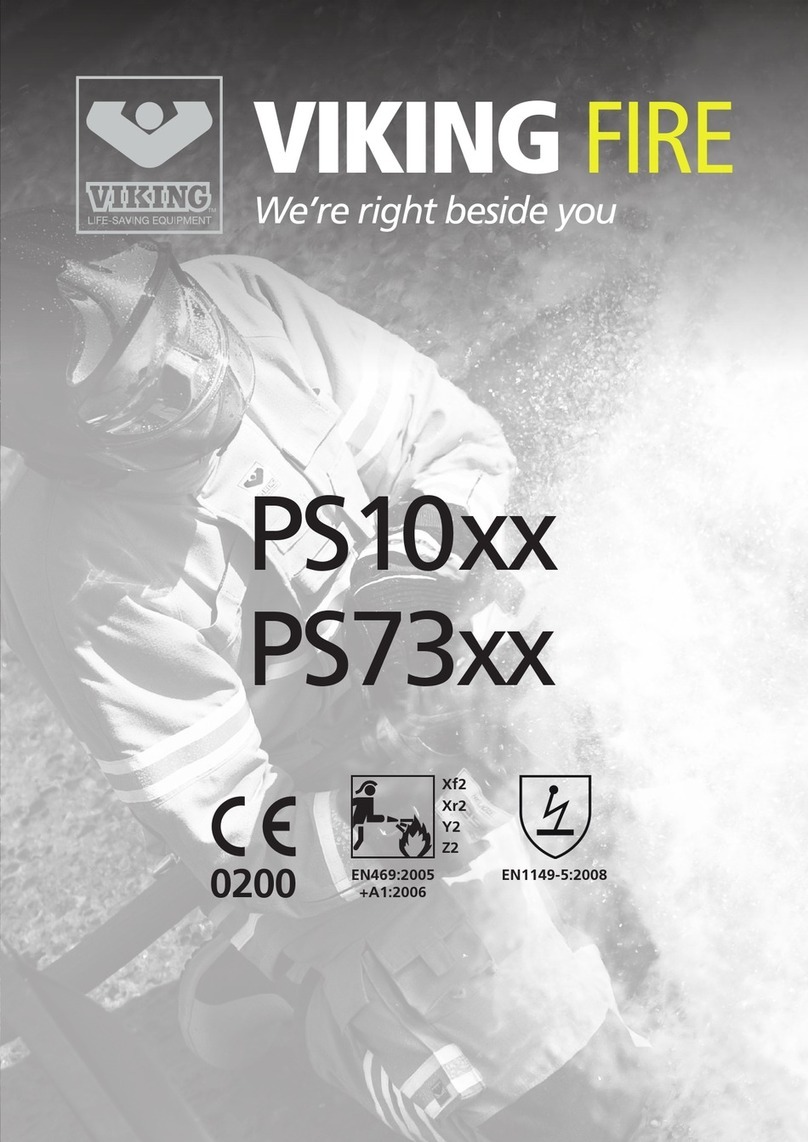
Viking
Viking PS73 Series Installation instructions

Viking
Viking YouSafe Junior User manual

Viking
Viking SOLAS 90N User manual

Viking
Viking YouSafe Elite User manual

Viking
Viking RescYou Vista User manual

Viking
Viking PV9210 User manual
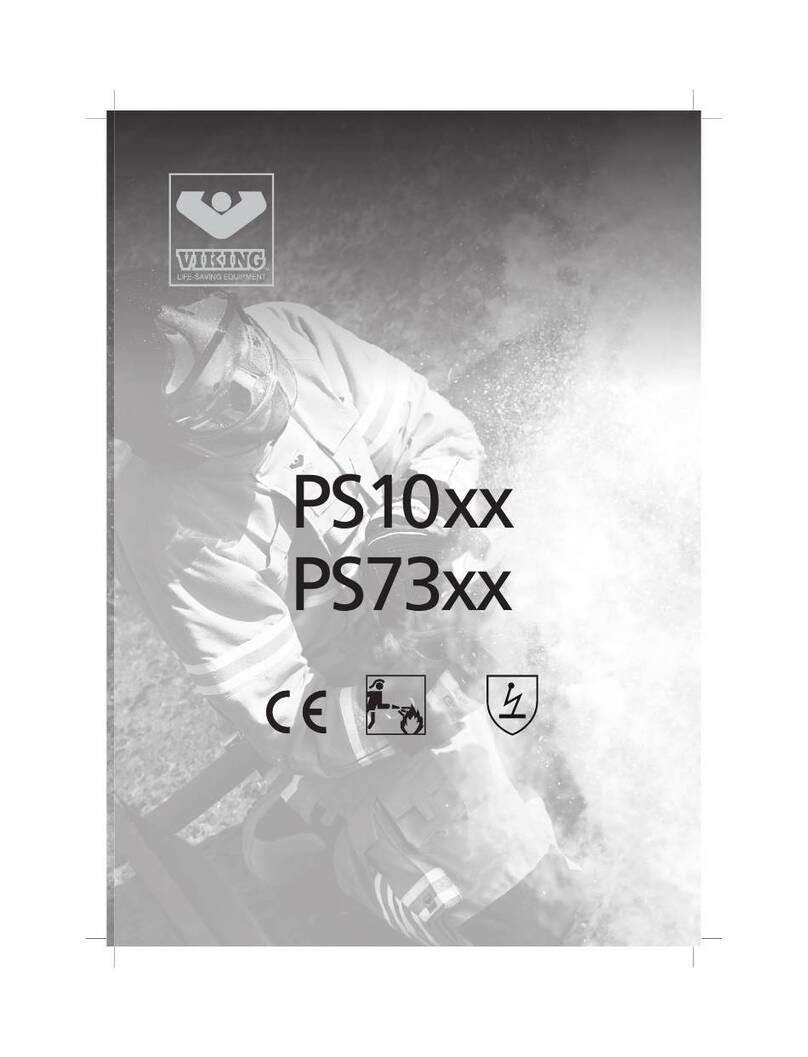
Viking
Viking PS10 Series User manual
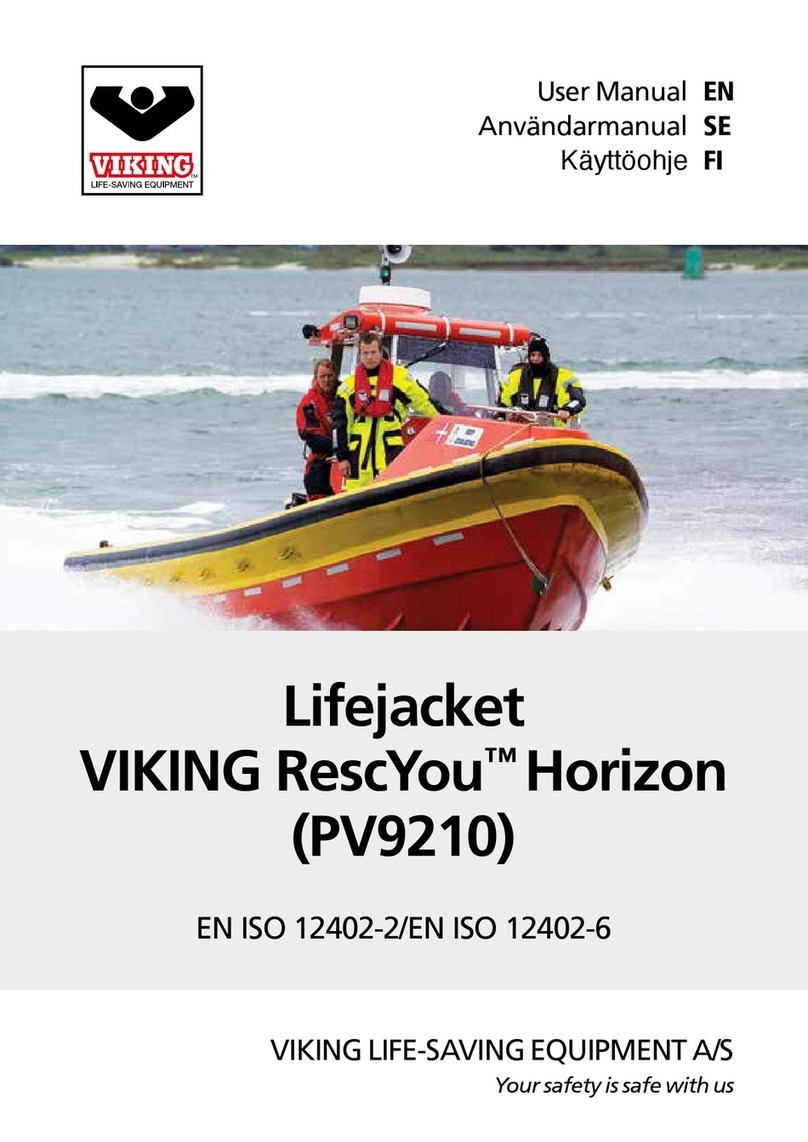
Viking
Viking RescYou Horizon User manual
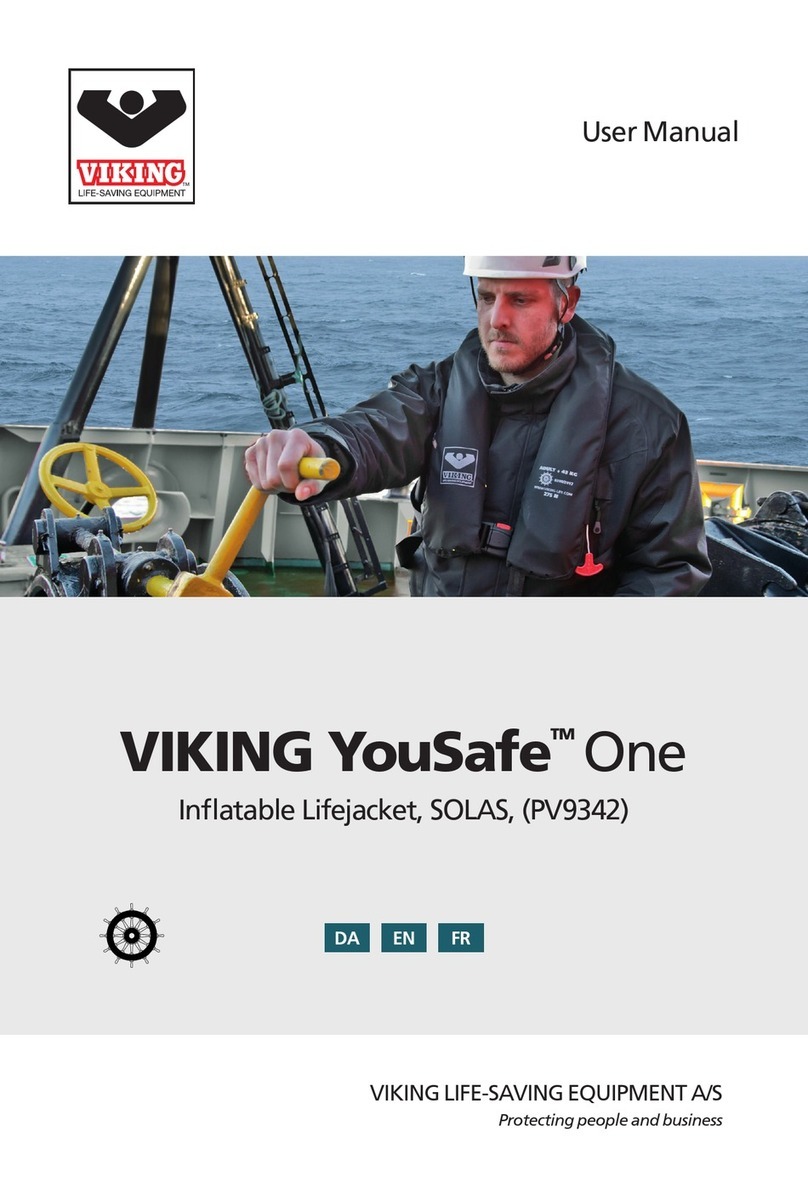
Viking
Viking YouSafe One User manual

Viking
Viking YouSafe Pro User manual
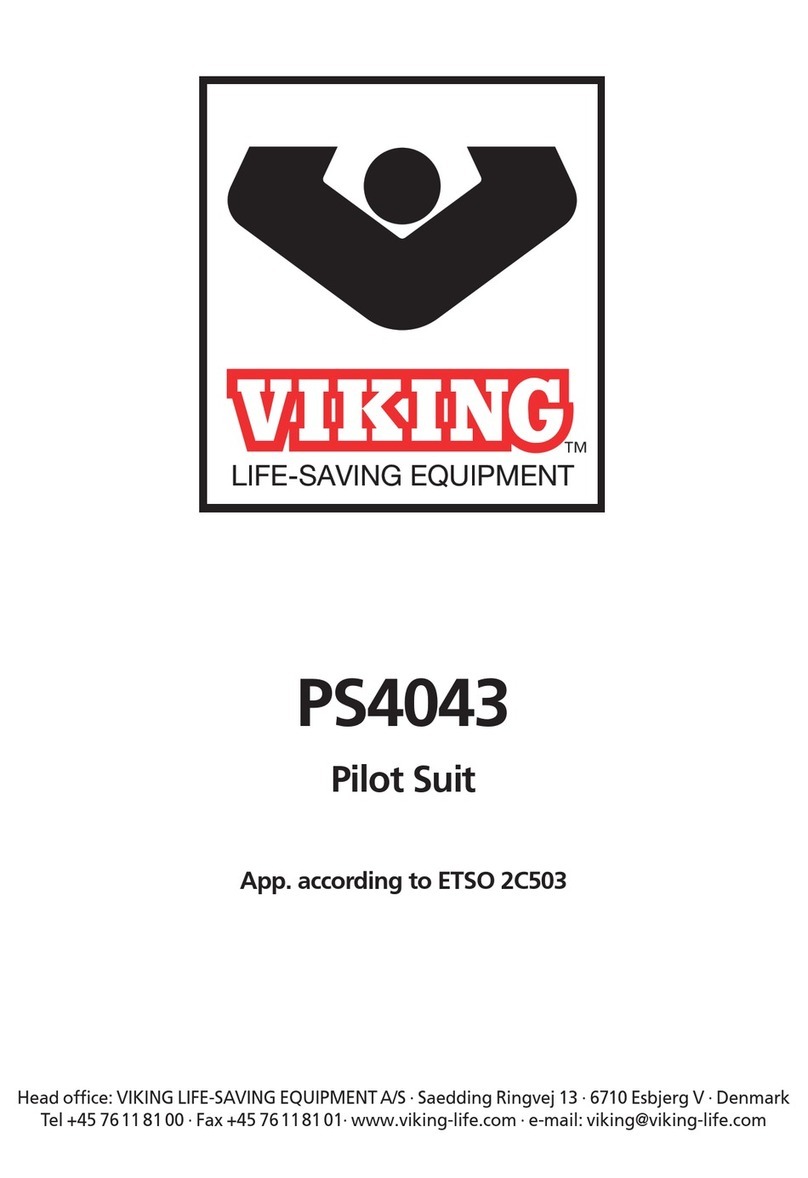
Viking
Viking PS4043 User manual
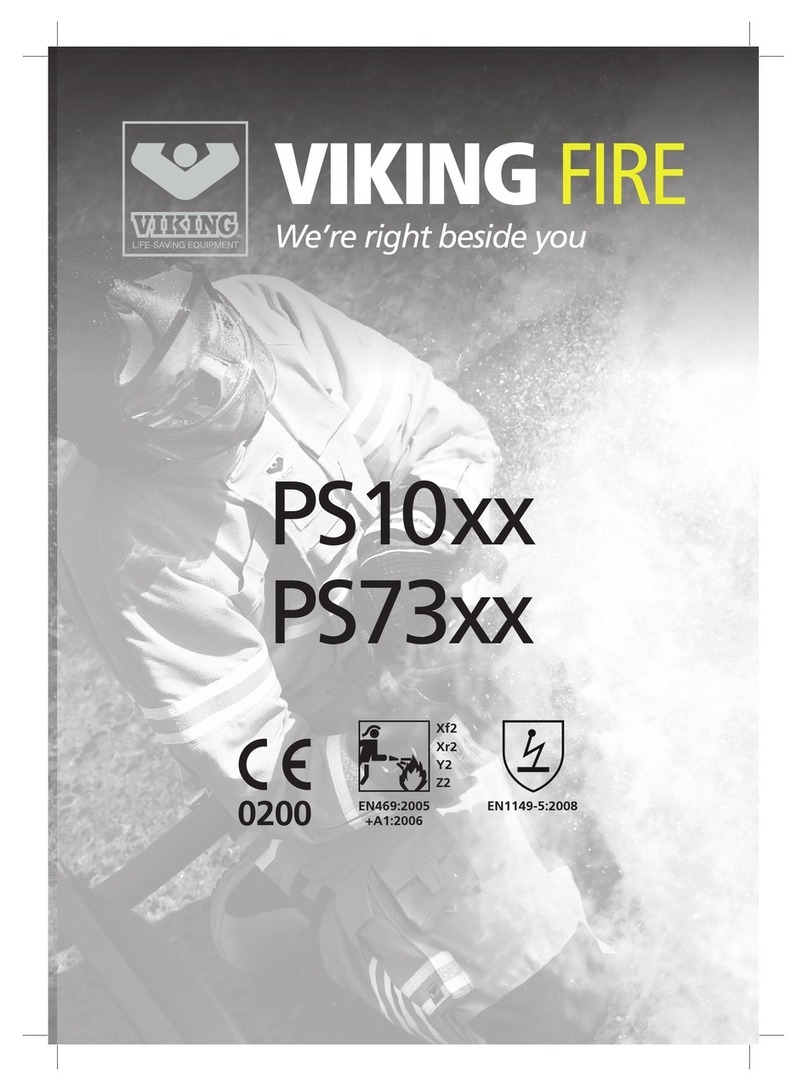
Viking
Viking PS10 Series Installation instructions
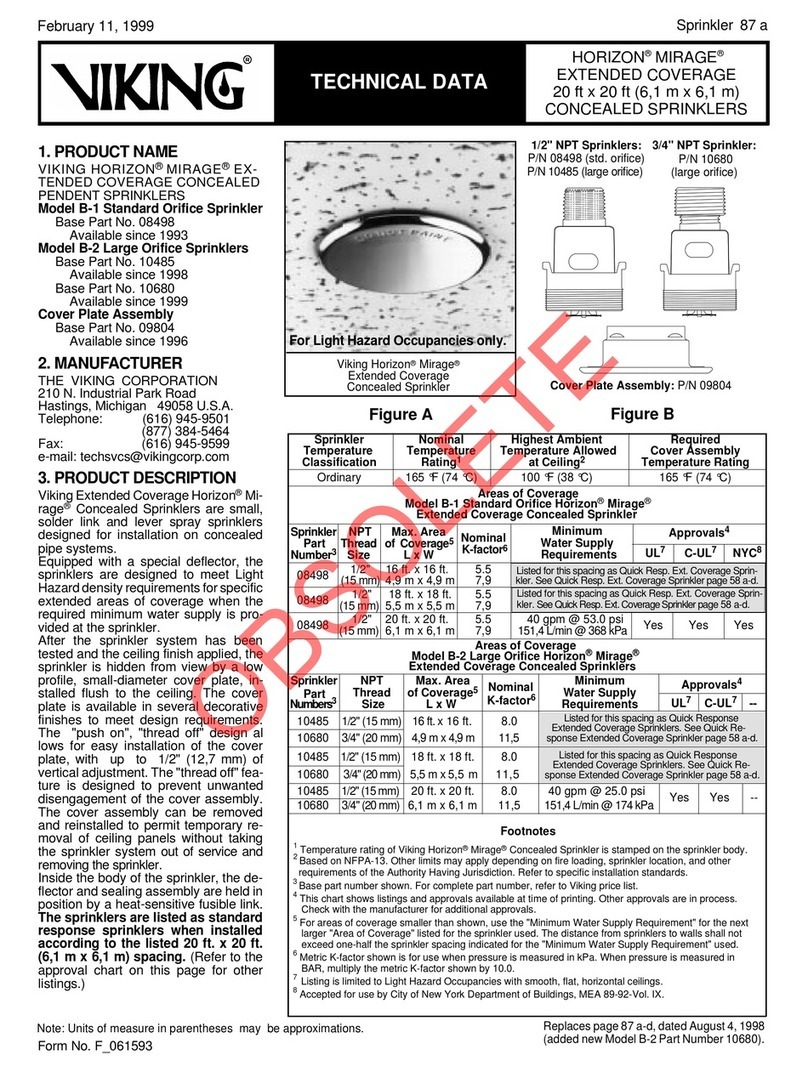
Viking
Viking HORIZON MIRAGE B-1 Instruction manual

Viking
Viking VK277 User manual

Viking
Viking C-3000 User manual
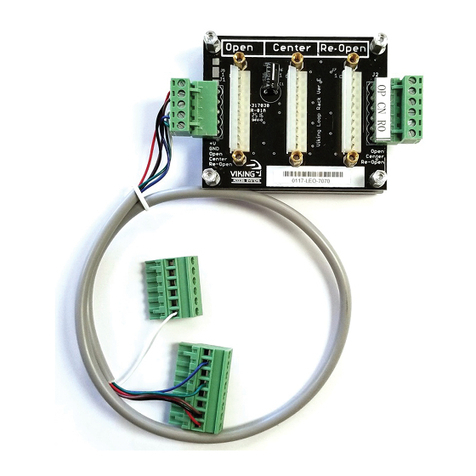
Viking
Viking LOOP RACK User manual
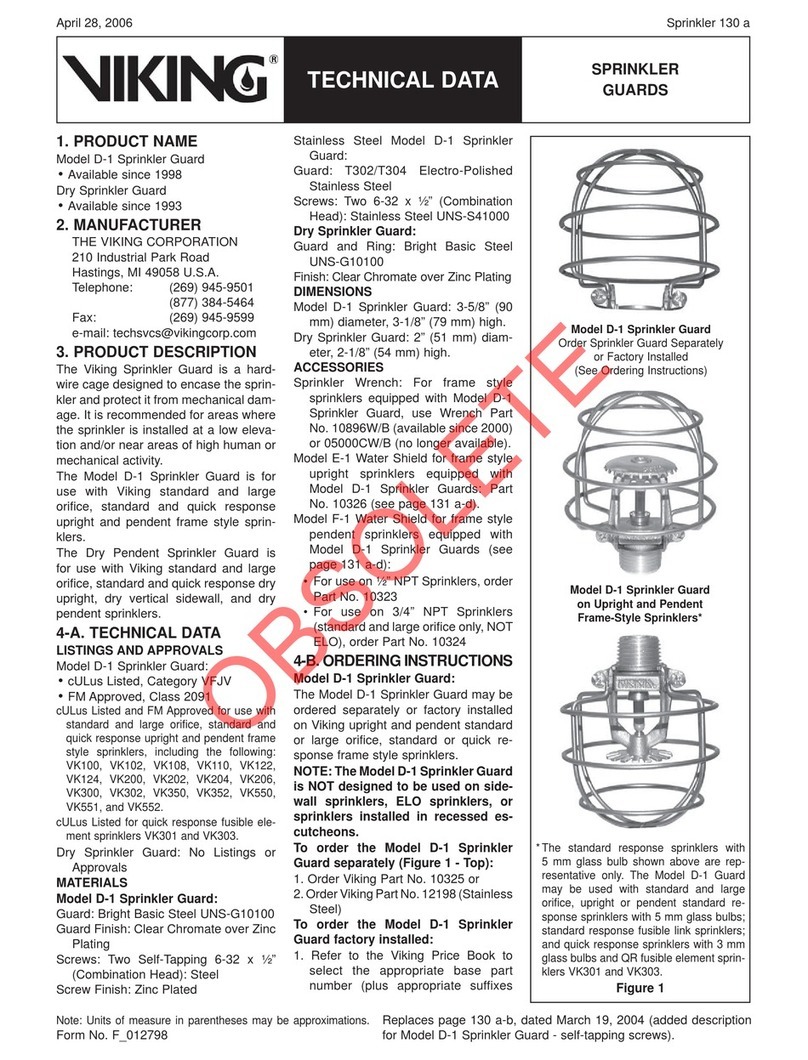
Viking
Viking D-1 Instruction manual

Viking
Viking PS4190 Installation instructions

Viking
Viking YouSafe PV9380 User manual
Popular Safety Equipment manuals by other brands

Lanex
Lanex PB-20 instruction manual

SKYLOTEC
SKYLOTEC ANCHOR ROPES Instructions for use

Besto
Besto Buoyancy Aid 50N Instructions for use

TEUFELBERGER
TEUFELBERGER NODUS Manufacturer's information and instructions for use

Troy Lee Designs
Troy Lee Designs Tbone Product owners manual

Innova
Innova Xtirpa Instruction and safety manual

bolle SAFETY
bolle SAFETY B810 quick start guide

SHENZHEN FANHAI SANJIANG ELECTRONICS
SHENZHEN FANHAI SANJIANG ELECTRONICS A9060T instruction manual

Hiltron security
Hiltron security POWER8E Installation and use manual

Salewa
Salewa MTN SPIKE user manual

Hatco
Hatco B-950P installation guide

Sitec
Sitec TX MATIC operating manual






